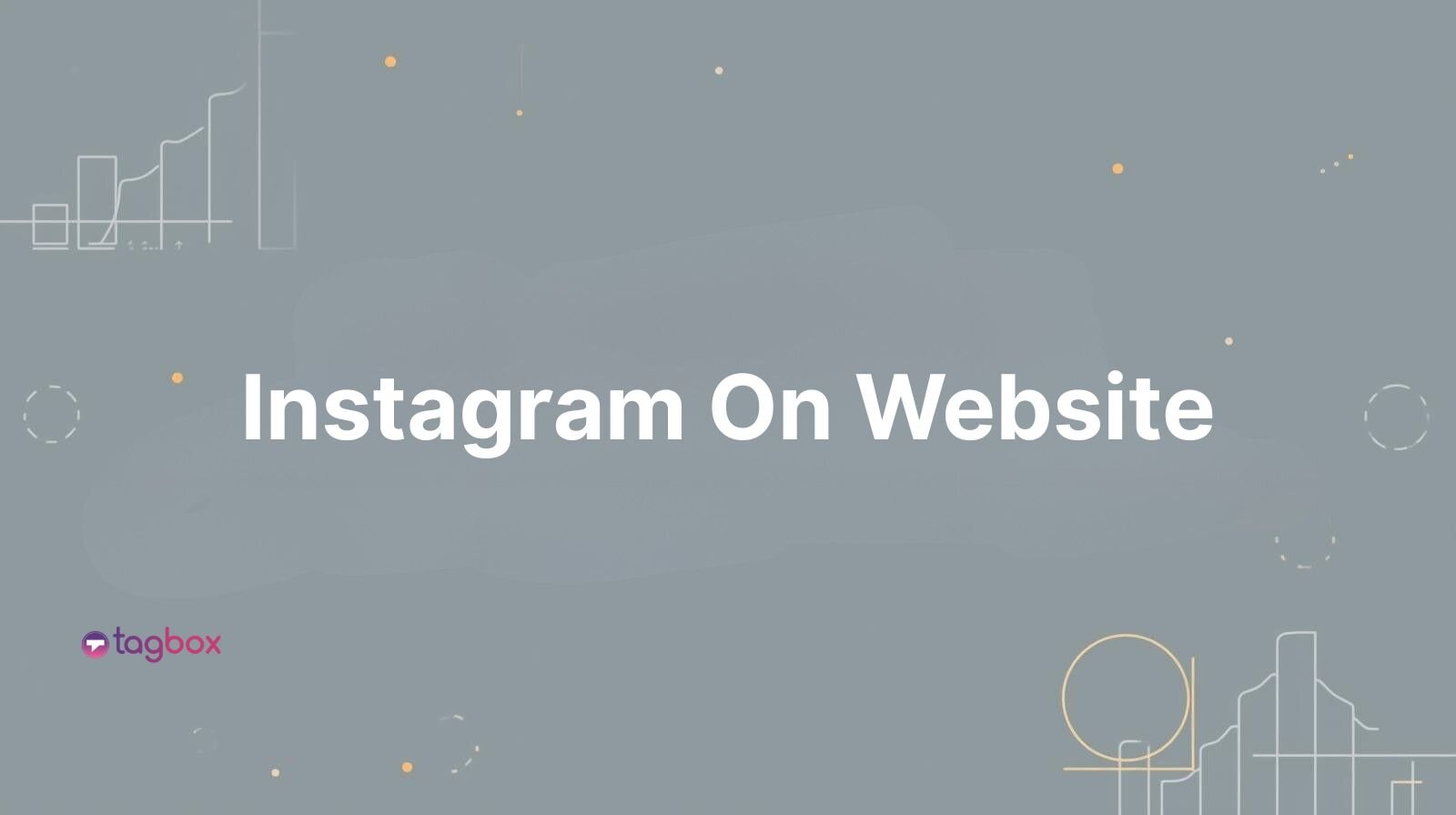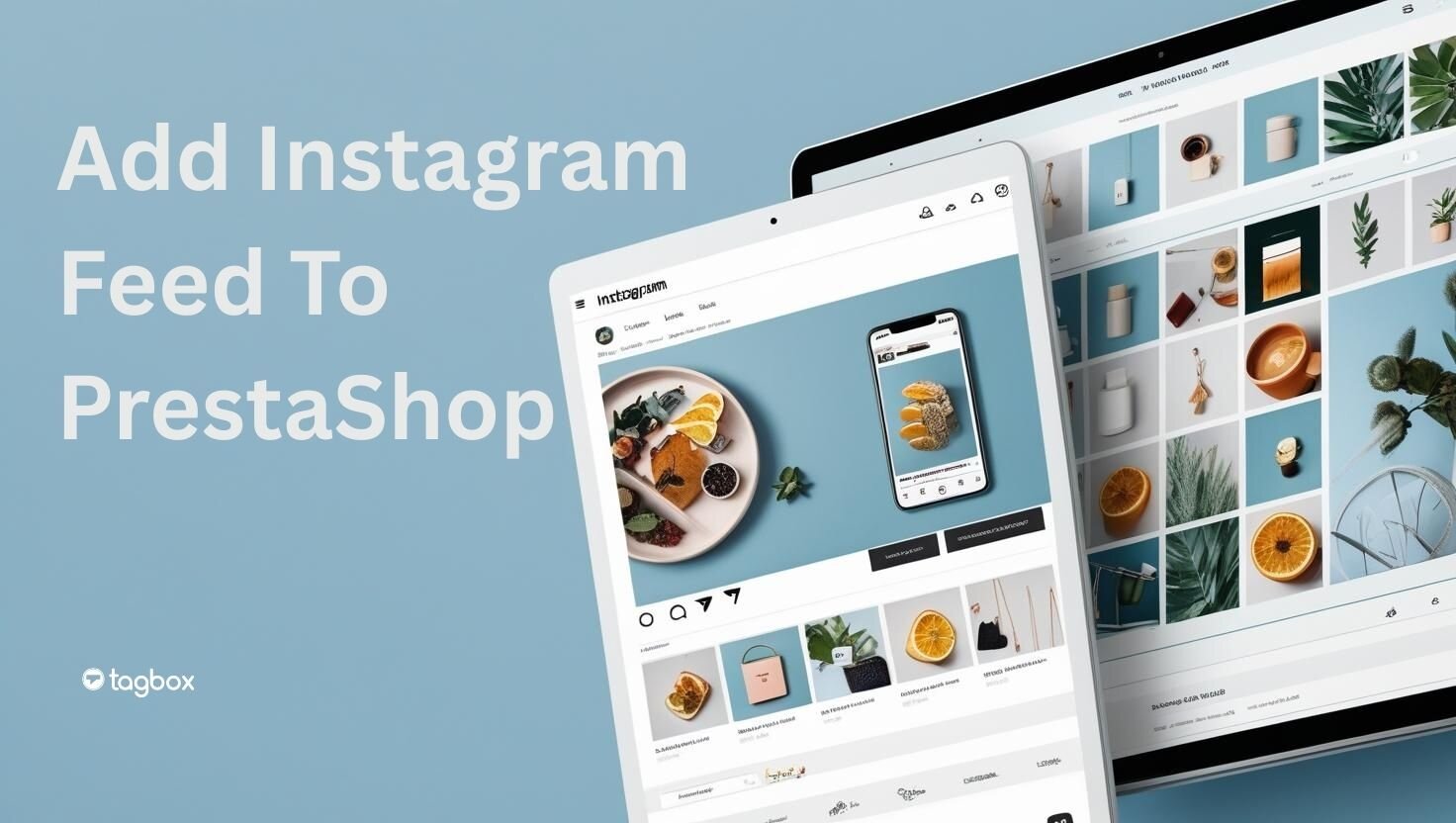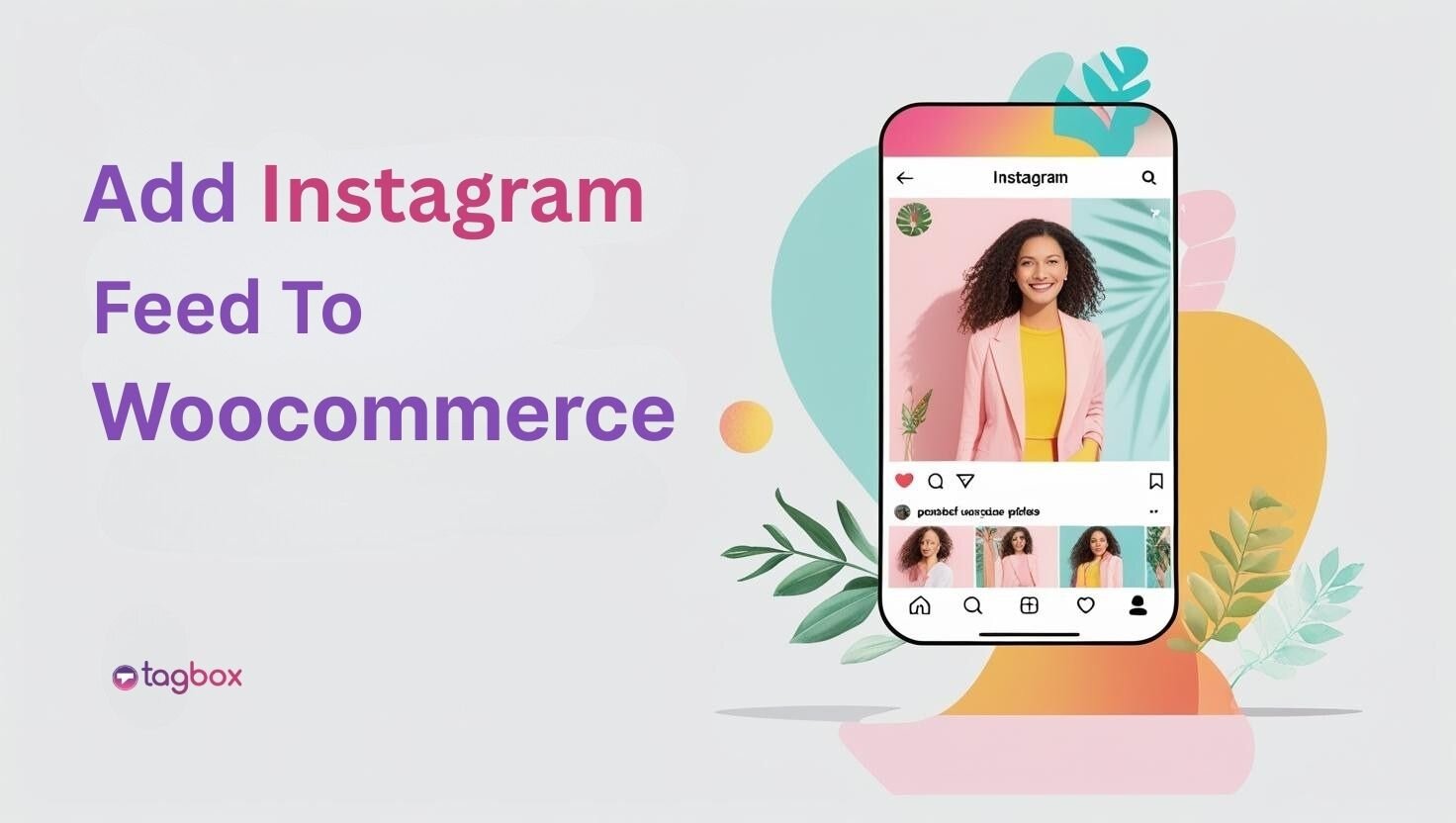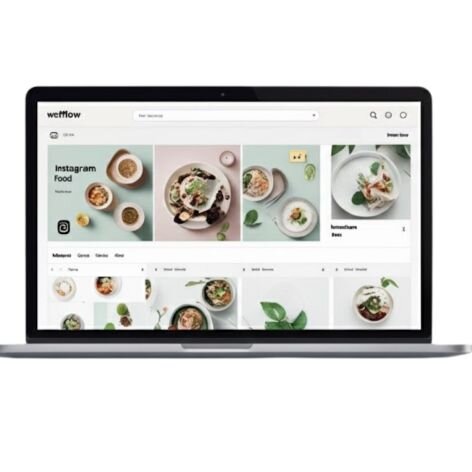Read summarized version with
Instagram co-founder Kevin Systrom made the first post on Instagram on 16th July 2010, which was also the first post of the platform. While posting him, nobody in the world would have guessed that Instagram would evolve from “just a photo-sharing app.” Fast-forward to 2025, and it’s morphed into a beast of a shopping machine, pulling in 1.4 billion users who treat Reels like endless catalogs. More than 25% of users make purchases on Instagram. Brands log in to see overnight spikes from one clever clip. This Instagram ecommerce guide lays out the setup, tricks, and tools to help you get the most out of the platform.
What is Instagram eCommerce?
Back in the day, Instagram was all about sunset filters and brunch pics. Now? It’s a straight-up mall in your pocket. Someone’s doom-scrolling sees a hoodie in a friend’s Story, taps the little shopping bag sticker, price pops, size picker shows, hits “buy,” and it’s on the way. No opening Safari, no typing card numbers. In 2025, this happens non-stop: Reels act like mini infomercials, carousels let customers swipe through outfits, and your profile has its own Instagram Shop tab stuffed with everything you sell.
Here’s how you can do it for your brand: Hook your store catalog (Shopify, BigCommerce, whatever) to Instagram. Tag stuff in photos or clips like you’re labeling a group selfie. Customers tap, peek, add to cart, pay inside the app. Throw in user pics like someone rocking your hat at a concert, repost it tagged, and watch strangers copy-paste the look. It’s shopping that feels like gossip, not a chore. If your gear photographs well or fits a 15-second vibe check, this is your golden ticket.

Benefits of Using Instagram for an eCommerce Store
More than 70% of Instagram users use the platform to make purchase decisions. This gives brands a good head start. Alongside this, Instagram eCommerce provides great benefits to brands, some of which are:
1. Turns casual scrollers into same-day buyers
A brand posts a quick Reel of their new backpack surviving a rainy commute, zippers holding, laptop staying dry, and tags the exact color on-screen. Someone watching from the bus taps, sees the price, picks black, and checks out in under a minute. No redirect to a clunky site, no abandoned cart email later. Brands like Gymshark run these lifestyle clips daily and watch impulse orders roll in while the video’s still trending. The whole purchase happens inside Instagram, so the excitement from “cool bag” to “mine” never cools off. Brands keep the momentum, customers keep the bag.
2. Provides free traffic waves from the algorithm
One solid post with the right vibe, say, a coffee brand showing beans grinding in slow-mo, gets pushed to strangers who never followed the account. A small jewelry maker in Austin filmed a behind-the-scenes earring polish, used a trending sound, and hit 800k views overnight without paying a cent. Brands tag the product, and the same clip that grabbed attention now drives sales. No ad spend needed for the initial blast; the algorithm does the heavy lifting if the content feels real and fun.
3. Builds credibility from real customers
A skincare brand reposts a follower’s unfiltered selfie, showing redness gone after 2 weeks, with the serum bottle tagged in the corner. Strangers see a face like theirs, not a model, and trust clicks in. Brands like Glossier built empires this way: flood the feed with customer shots, credit the poster, link the exact shade. Shoppers buy because it worked for someone else in bad bathroom lighting, not a studio setup. The brand stays quiet; the community does the selling.
4. Brands sell by showing, not telling.
A cookware brand films a 15-second clip of its pan flipping an omelet, with no “stick ” tag on the handle and the price in the corner. Viewers smell the butter through the screen and tap to own the pan before breakfast ends. Brands like Our Place pack personality into every second: quick cuts, real kitchens, zero voiceover. The product proves itself live, and the tag seals the deal. Customers don’t read specs; they watch the sizzle and hit buy.
5. Keep buyers coming back.
A sneaker brand drops a Story teaser for tomorrow’s restock, limited pairs, a countdown sticker, and tag-ready. Past buyers get the ping first because Instagram remembers who shopped last. Brands like Nike run these “family & friends” flashes and pull 70% of sales from repeat customers who already know the fit. No email list cleanup, no creepy retargeting ads, just a quick Story, a tap, and another pair on the way. Loyalty feels exclusive, not forced.
How to Use Instagram for eCommerce Marketing
To get the full benefits of Instagram for eCommerce marketing, it is important to understand how to use it effectively.
1. Nail the profile setup – make it scream “shop here”
Your profile is the first impression, so make it count. Start with a crisp logo that pops even at 110×110 pixels. Dollar Shave Club’s razor icon is instantly recognizable. Use the “Name” field for full brand name plus keywords (e.g., “EE Jewellery | Handmade Silver”). Pick a short, typo-proof username (@eejewellery). Craft a bio that’s one punchy line about your vibe, vegan, bold, cozy, plus emojis for flair. Lime Crime crushes it with “Cruelty-free unicorn tears ” and a link to their wildest lipstick drop. Add a clear CTA link to your top seller or site. Result? Visitors land, get the vibe, and tap to buy in seconds, no confusion, no bounce.
2. Lock in a visual style that feels like your brand’s fingerprint
Consistency turns random posts into a brand people trust. Scroll competitors first, Lululemon’s sweaty yoga shots, Melt Cosmetics’ peachy glow, then pick your lane. Choose 3-4 core colors (earth tones, neon pops), one filter preset, and consistent lighting (natural daylight or moody studio). Schedule 1-2 posts daily with tools like Later so the feed flows like a magazine. A jewelry brand stuck to gold-hour shots; followers started calling it “the sunset feed” and bought everything that glowed. Customers recognize the look instantly, trust the quality behind it, and keep coming back for more.
3. Tag products everywhere – turn every post into a mini storefront
Upload your catalog once, then tag like crazy. A backpack brand films a rainy commute, tags the exact bag mid-clip, taps, and buys. Use up to 5 tags per image, tag mid-video in Reels, and tag each slide in carousels for outfit stacks. Domino’s tags pizza slices; conversions jump 120% because the product proves itself in action. No “link in bio” gymnastics, the sale happens where the excitement peaks. One tagged Reel from a furniture brand pulled 400 sales in a weekend. Make every post a cash register.
4. Launch “Shop the Look” carousels with full outfit tags
One swipe, five tagged pieces- top, jeans, shoes, bag, hat. A streetwear brand posts daily “fits of the day” with real people in urban settings. Each carousel can provide great taps to product pages. Customers buy the whole vibe, not just one item. A bundle discount code in the caption pushes the average order value 35% higher.
5. Mix hashtags smart – broad, niche, and one branded
Hashtags are free billboards. Use 5-10 per post, no more. Broad ones (#athleisure, #handmade) grab eyeballs, niche ones (#yogaflowfits, #slowfashionfinds) hit the exact crowd, and one branded (#everydaymadewell) builds a community. Madewell’s got 80k user posts. A candle shop mixed #fallvibes with #cozycandleclub hit 1.2 million views on a single Reel. Hashtags land your stuff in front of people already hunting for it. Branded ones rally your tribe to post their own hauls. Searchable, shareable, and zero ad spend for the first wave of traffic.
6. Run giveaways that spread like wildfire
Giveaways aren’t charity, they’re rocket fuel. Simple rules: “Tag three friends who need this hoodie.” Prize: High-value, low-cost (bundle of bestsellers). Entry: Tag + follow + share to Stories. Duration: 48 hours for urgency. The Swell Co. did this for vape bundles and pulled 10k entries fast. Keeps it targeted to friends who fit the demo, sparks shares, and floods the feed with user pics you repost later. Free marketing that feels fun, not forced. One skincare brand’s giveaway turned 500 entries into 2k new followers and $15k in sales.
7. Collab with micro-influencers – authenticity over follower count
Skip the million-follower celebs; partner with 10k-50k creators who live your niche. Find them by searching your branded hashtag. Offer free product + small fee ($200-500). Ask for one honest Reel using your stuff. A fitness brand sent leggings to a yoga teacher with 15k followers. Her “real sweat” clip drove 800 sales in 48 hours. Micro-influencers convert 60% better because their crowd trusts them. Budget small, impact huge orders roll in from a tight-knit group that already wants what you sell.
8. Engage like a human, not a bot
Answer every comment within minutes: “That color slays link in bio!” DMs: Quick chats, not canned replies. Stories: Save top questions as highlights. Polls: “Which drop next?” to spark replies. A coffee brand turned a “where’s the decaf?” comment into a 10-message chat and a subscription. Customers feel seen, come back, and tell friends. One activewear brand’s reply game boosted repeat buys by 40%. Loyalty grows from conversation, not just transactions, which makes them feel like insiders.
9. Boost the winners with targeted ads
Start with $10/day on carousel or UGC video ads. Audience: Lookalikes of past buyers + cart abandoners. Format: Carousel for outfits, video for demos. Test two versions, kill the loser after 48 hours. A sneaker brand boosted a restock Reel to lookalikes $500 spend, $2k return in 24 hours. Keeps spending low, returns high, brands see 4x ROAS when they let data pick the creative. Scale the champ, pause the flop, repeat.
10. Measure what actually moves the need
Track Reel saves, profile visits, website taps. Weekly check: Saves > likes? Double that format. Monthly review: Kill flops, scale winners. Goal: 3-6% engagement, 2-5% conversion. A jewelry brand noticed carousels beat single photos 2:1 in taps, shifted its budget, and saw sales rise 35%. Data keeps the feed sharp and the register ringing. Test, tweak, repeat, turn guesses into a system.
Easy to Adopt Instagram eCommerce Strategies
Instagram is now a hub for brands. To stand out from the rest, you need some Instagram eCommerce strategies. Here are a few that you can adopt:
1. Build a shoppable content calendar around product drops
Treat launches like TV seasons. Monday: Teaser Reel with cryptic clips and countdown sticker. Tuesday: Full reveal post with five tagged products. Wednesday: UGC repost from early buyers. Thursday: “How to style” carousel. Friday: Flash sale Story. A sneaker brand runs this weekly, and each drop sells out in 12 hours because followers know the rhythm. Calendar keeps the feed alive, builds FOMO, and every single post is shoppable. No guesswork, just a predictable money machine.
2. Turn customers into walking ads with branded hashtags
Pick one catchy tag (#YourBrandVibes) and plaster it everywhere: bio, captions, packaging stickers. Run a contest: “Post your look, best one wins $100 credit.” Repost winners with product tags. A jewelry brand launched #DaintyDaily, 50k user posts in six months, each one a free ad. Customers do the modeling, you do the tagging. Turns one-time buyers into a marketing army that costs nothing but a bit of love.
3. Run flash sales exclusively in Stories
24-hour drops, countdown stickers, “Swipe Up” tags zero feed clutter. A beauty brand runs “Midnight Madness” every Friday: 30% off one item, Story-only. Followers train themselves to check Stories at 11:59 PM. Clears old stock, spikes revenue, and keeps the main feed clean for evergreen content. One flash sale moved 2k units in 18 hours. Urgency works make it feel exclusive, watch carts fill.
4. Use Reels to demo products in 15 seconds
Show the blender crushing ice, jacket in rain, earrings catching light, tag mid-clip. A kitchen brand’s “Will it blend?” series hit 2M views and sold 3k blenders. Short, fun, shoppable Reels convert 40% better than photos because the product proves itself in real time. No voiceover, just action. End with a quick “Tap to shop” sticker. Customers don’t read specs; they watch the magic and hit the buy button.
5. Build a “Customer of the Week” highlight reel
Pick one UGC post each week and feature it in a permanent Story highlight with product tags. A pet brand does #PawfectPartner; each spotlight drives great sales from inspired pet parents. Turns buyers into micro-celebs, encourages more submissions, and keeps social proof fresh.
6. Retarget cart abandoners with dynamic ads
Sync the catalog, then show the exact item to people who added but didn’t buy in a carousel. A fashion brand ran this for 7 days $1k spent, $5k return. Dynamic ads pull live price and stock, so the reminder feels fresh, not creepy. Add a “10% off to finish” coupon. Closes the loop fast, turns “almost” into “sold.”
7. Embed the Instagram feed on the website
Pull Instagram posts with your hashtag into a live gallery using Taggbox. Tag products so site visitors can shop straight from customer photos. A home decor brand embedded this on product pages, resulting in 38% higher conversions from social proof. Customers trust real homes over studio shots. Auto-moderation keeps it clean, live updates keep it fresh. Turns your website into a community showroom.
Conclusion
That’s the full rundown from Kevin Systrom’s blurry dog pic in 2010 to brands pulling six figures from a single Reel in 2025. Instagram eCommerce isn’t a side hustle; it’s the main stage where discovery, trust, and checkout collide in one swipe. Pick strategies from this guide, test for a few days, and watch the numbers climb. Now go post that first Reel. The scrollers are waiting.









